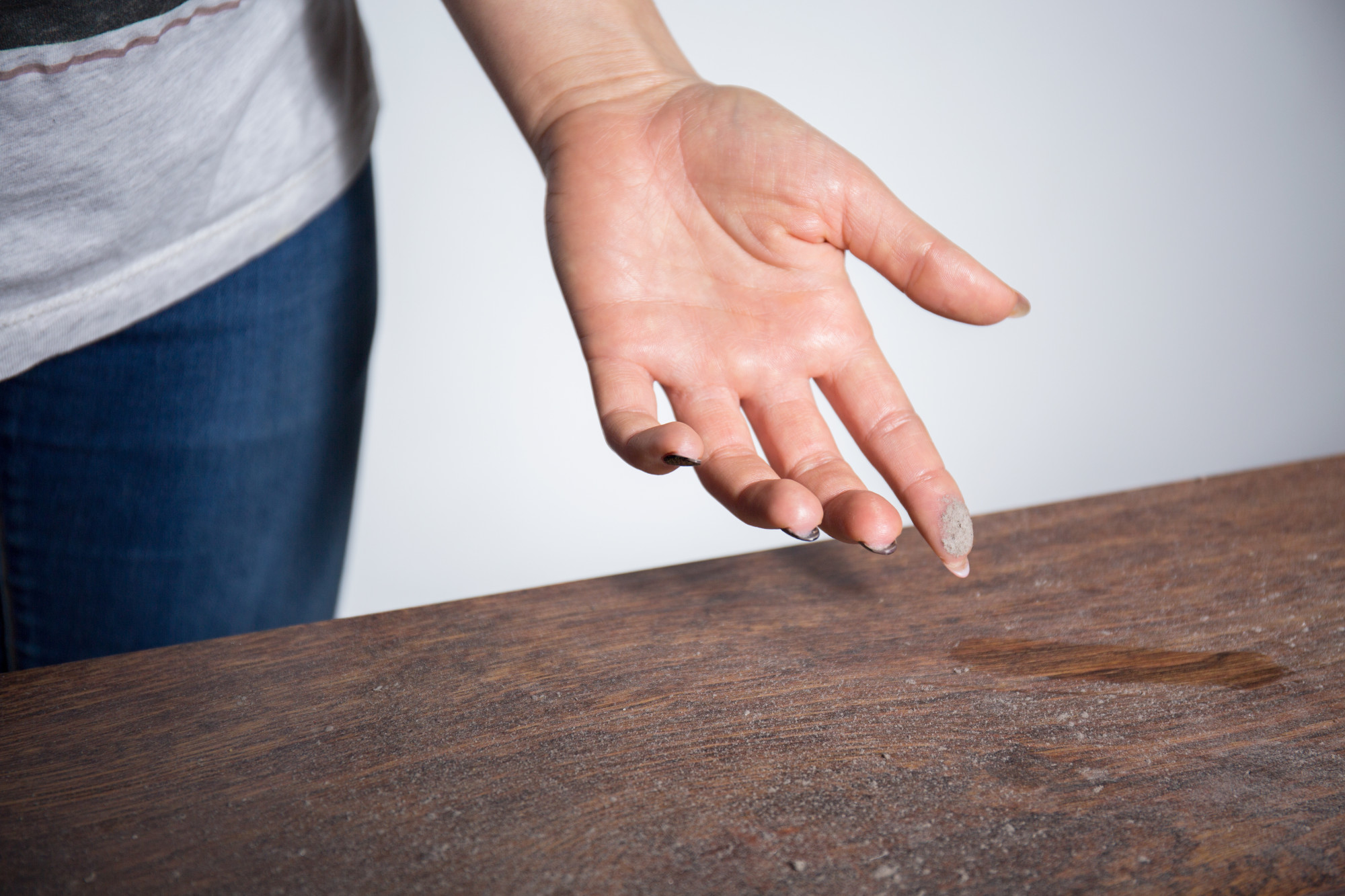Table Of Content
- A Shaded Veranda Wraps Around This Japanese Dwelling
- Open Sky House – by Yoshitaka Suzuki And Associates
- Japanese Interior Design Concepts For Creating a Zen-Inspired Living Room
- A Compact House in Japan Is Defined by Dynamic Arches and Lush Courtyards
- A Family in Japan Makes the Most of a Tight Space on an Even Tighter Budget
- What Are Japanese House Walls Made Of?

Unless the client is sure of the contractor they will hire, we like to be involved to help them vet the contractor. We can usually tell pretty fast if this contractor is really skilled and organized or not. A good local contractor selects and works with the best sub contractors to oversee site preparation, roads, utilities, concrete work and sometime roofing and perhaps any cabinetry we don’t make ourselves. We have no special skills in concrete work, nor in electrical or plumbing, or site preparation. So we try to limit our involvement to those things that require our special skills, equipment or materials. Any task not requiring those things can be done by a skilled local contractor probably as well as we could, only a lot cheaper, and probably faster too.
A Shaded Veranda Wraps Around This Japanese Dwelling
Inside, a covered courtyard has been transformed into a garden with a glass roof that bathes the space in natural light. A suspended wood and metal walkway connects different areas of the house, enhancing the industrial character of the design further. The main living areas have a direct relationship with the garden, while the bedrooms on the upper level benefit from the cocooned feel of the space under the roof. We kick off our list with a gorgeous design from the GOSIZE architecture firm.
Open Sky House – by Yoshitaka Suzuki And Associates
The new aesthetic fuses the zen of Japanese design with the cozy simplicity of Scandinavian décor—the result is called Japandi style. We usually work with a local contractor in any site too far from our shop for a daily commute. We will help the client find a local contractor who knows the local building officials, and the best local subcontractors.
Don't Let the Japanese Aesthetic Fool You—This Serene Home Is Actually in Brazil - ELLE Decor
Don't Let the Japanese Aesthetic Fool You—This Serene Home Is Actually in Brazil.
Posted: Thu, 21 Mar 2024 07:00:00 GMT [source]
Japanese Interior Design Concepts For Creating a Zen-Inspired Living Room
"Paintings and decorations are not often placed on the walls other than between the alcove." Keep walls spare except for something unique. He suggests installing a symbolic ichirin-zashi (single flower insert) or an art panel on a large empty wall. "Symbolically, decorating with your favorite artisan's work may enrich your lifestyle." The serene Japandi design aesthetic, which combines Japanese and Scandinavian styles, is gaining popularity in the US. This peaceful approach to decorating encourages relaxation at home by mixing the cultural ethos of both regions into one technique. However, to fully grasp Japandi, you first comprehend each region's fundamental design elements.
A Compact House in Japan Is Defined by Dynamic Arches and Lush Courtyards
Paradero handles daily needs from pet care and child care to household maintenance, freeing up time and energy to focus on personal fulfillment. Creating a space to connect, Paradero Club will have an ongoing music and dining series. "Japandi is more than just design elements; it is a way of living," says Wong and Gunawan. "Supporting a healthy and meaningful lifestyle—prioritizing elements that mean the most to those specific homeowners." We saw a gap in the literature about Japanese architecture that addressed how it was done, so we decided we needed to write a useful book about the process of designing and building a Japanese house. They lived on the floor, without furniture, and without a place to rest one’s back.
A Family in Japan Makes the Most of a Tight Space on an Even Tighter Budget
With this technique, all sorts of beautiful patterns can be created, truly shining when the sun falls on them. In recent years, laminated shoji paper has become more and more popular because it is a lot sturdier than the traditional option. The entrance of a traditional Japanese house consists of three layers, so to speak. First, there’s the tataki, which is the ground floor right behind the entrance door. Nowadays, it generally is made of concrete but in the past, the pounded tataki floor consisted of earth, lime, and bittern. In ancient Japan, ordinary people traveled in a kind of litter (a type of human-powered transport) called a kago, and the tataki floor in front of the entrance was used as a space to set this down.
Moriyama House
You must take your shoes off at this point, leaving them on the tataki floor before venturing any further. This process ensures that no dirt from the outside comes into the house interior. The tataki and the agarikamachi are technically the two entrances in a Japanese home.
The Japanese fashioned these tatami mats from harvested rice grass which grows back every season. Traditionally, people used the standard tatami mat to measure out the size of the rooms in a minka. The tatami mat method remains popular today, with rental ads connoting room size by the number of tatami mats. For instance, it might describe a kitchen as “3-tatami mat size” or “10-tatami mat size” for a living room.
A Dirt Floor Snakes Through This Spectacular Japanese House
That’s particularly true in Japan’s contemporary homes, where modern pieces including sectionals and vibrant art mix with signature elements such as shoji screens, tatami mats, and rock gardens. We’ve gathered spectacular Japanese rooms from the pages of AD that blend Eastern and Western aesthetics. The aptly named Eaves House exemplifies the range of creative modern houses Japan based studios complete every year.

The building is made of stacked concrete masonry blocks that are bevelled at the ends and covered with sizable glass panels that display the location of each room on the exterior. Smooth, neutral-toned plaster covers the inside, which is contrasted by dark wood furniture, wall panels, and flooring. The downside of shoji paper is that it gets damaged easily, making maintenance a bit of a hassle. It’s a rather time-consuming task, so instead of replacing everything, little fixes are possible. The shoji paper is then cut into a decorative shape and carefully glued over the damaged part.
Traditional Japanese Design Is the Highlight of This Waterfront Retreat in Chiba - Mansion Global
Traditional Japanese Design Is the Highlight of This Waterfront Retreat in Chiba.
Posted: Mon, 18 Mar 2024 07:00:00 GMT [source]
This glaze also strengthens the tiles against drastic temperature changes, which are characteristic for the region. The Japanese government passed a law in 2001 that restricted how deep a home could be. Residential homes do not have basements, but they are present in high-rise buildings. Japanese homes don’t touch the ground due to the country’s high temperatures and humidity. To safeguard against periodic flooding, homes are built off the ground so they won’t incur water damage.
While it looks like a gabled house from the outside, this home boasts asymmetrical spaces with geometric elements in the interior. Throughout the dwelling, the studio put a focus on establishing a visual connection between different areas, creating a beautiful rhythm of architectural features. Comprising more than 10 volumes, Moriyama House is a minimalist architectural composition that puts a focus on flexibility.
In this article, the floor plans are according to the tatami mat or kyoma method. Modern Japanese homes often experiment with captivating forms and architectural components, resulting in each home possessing a distinctive and exceptional character. These features not only serve an aesthetic purpose but also offer concealed advantages.
ZenVita is a platform which connects homeowners with designers that are experts in the Japanese aesthetics. Simply browse designs, connect with the architect, and begin the transformation of your space. A single sheer customized curtain beautifully hangs from the ceiling to the floor to create privacy while limiting the amount of natural daylight entering the interior space.















